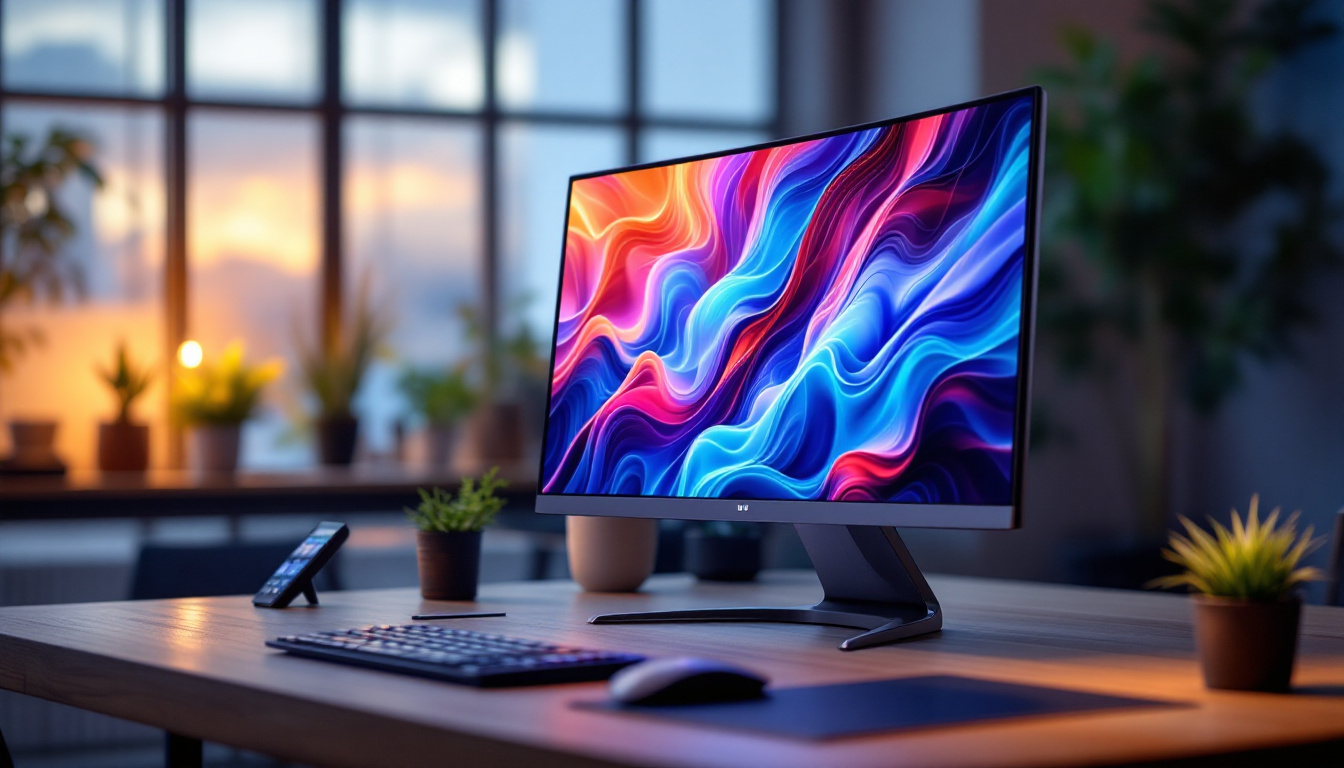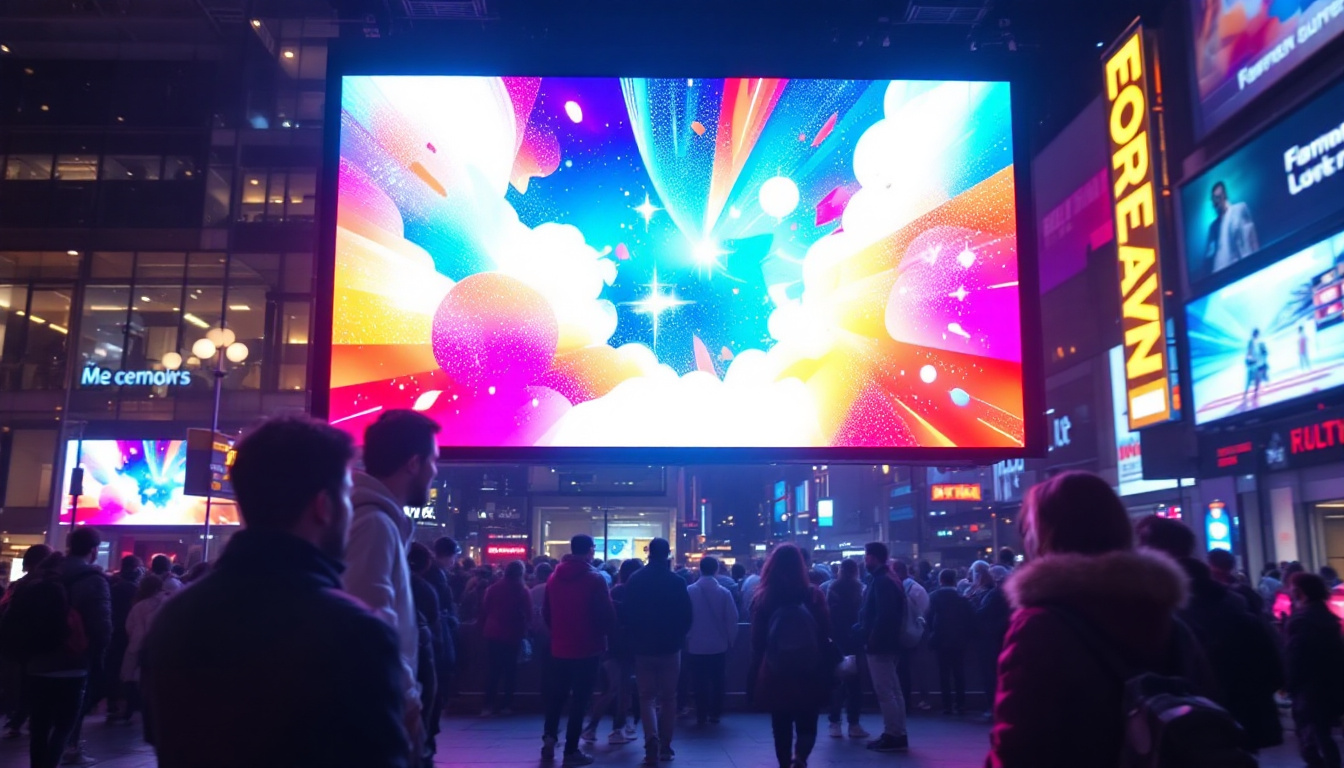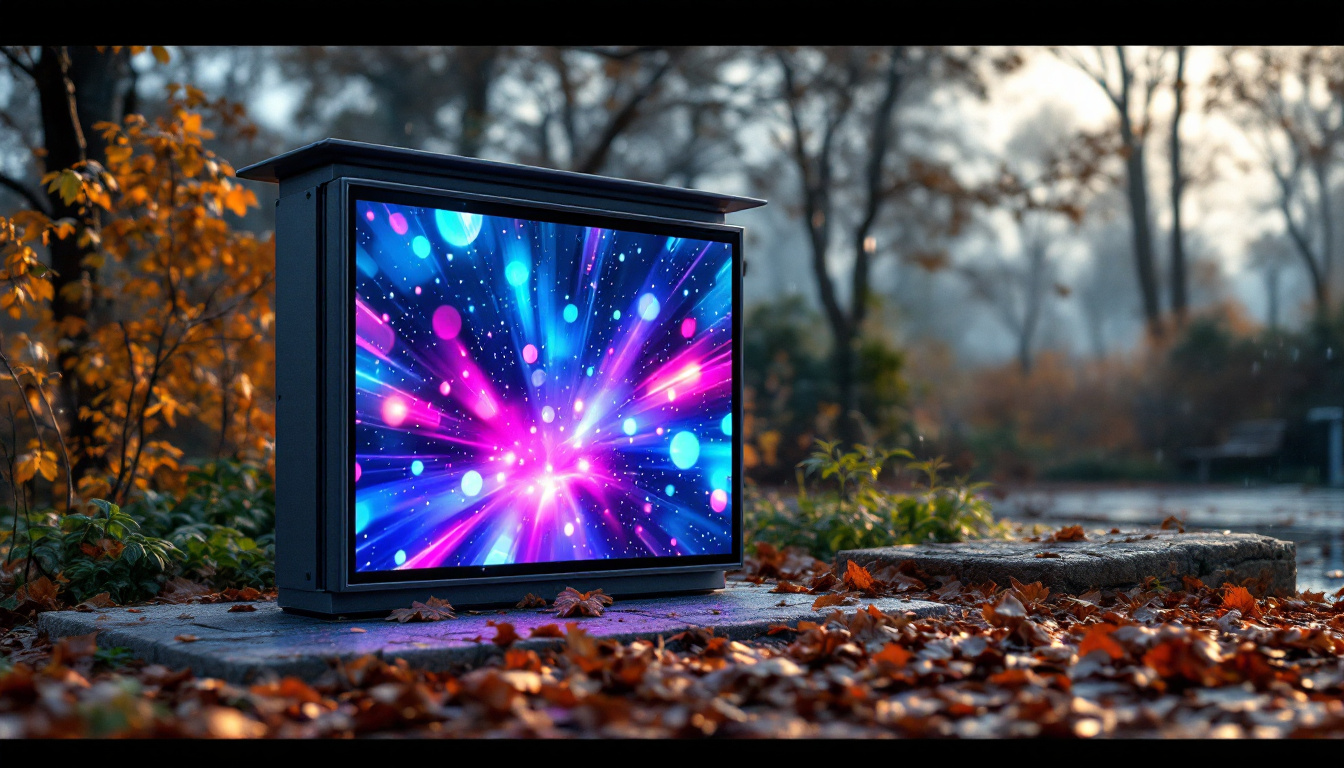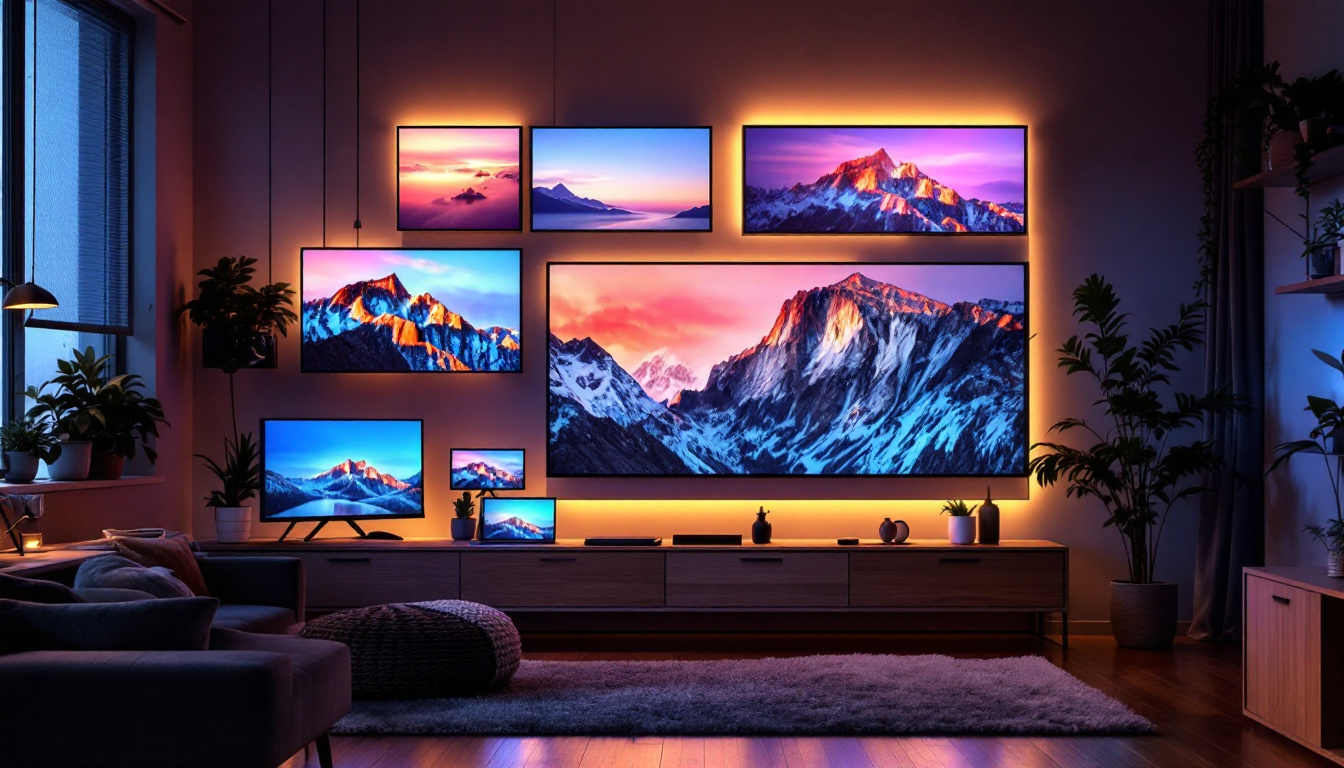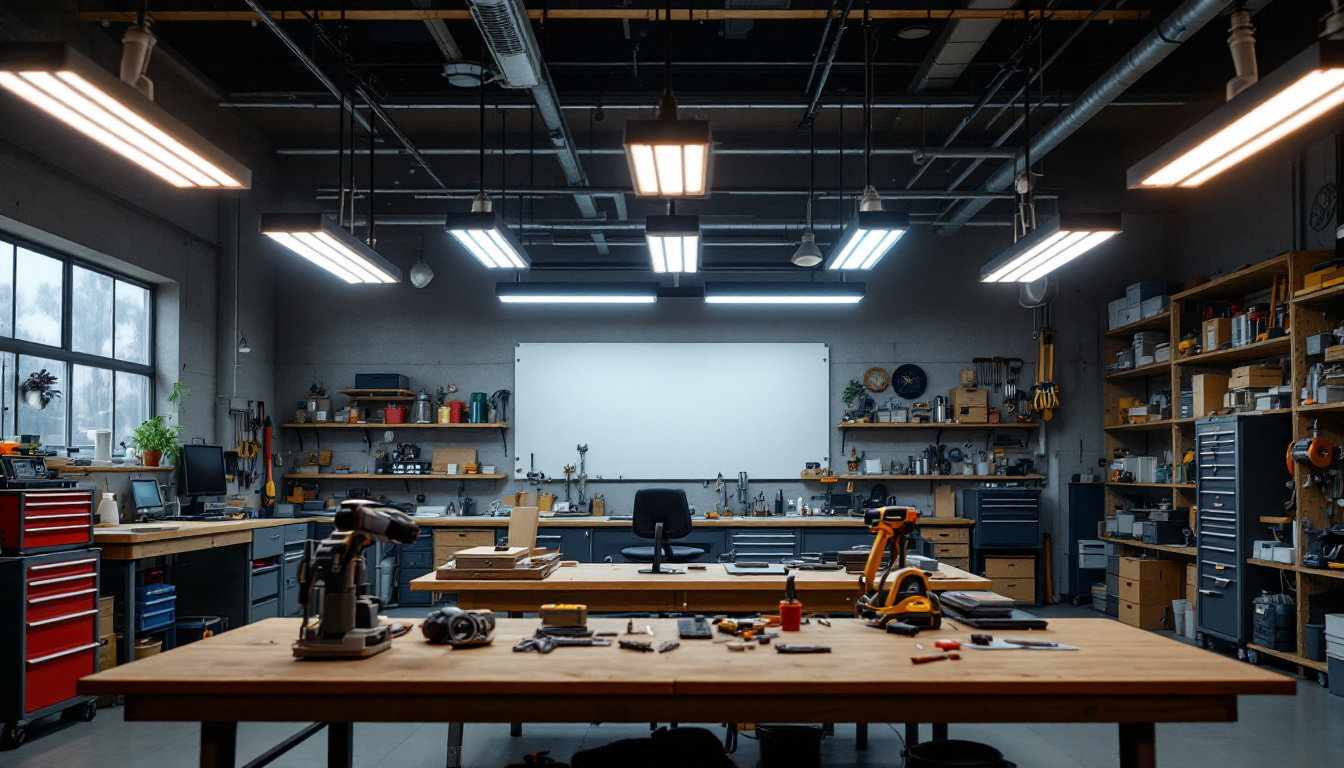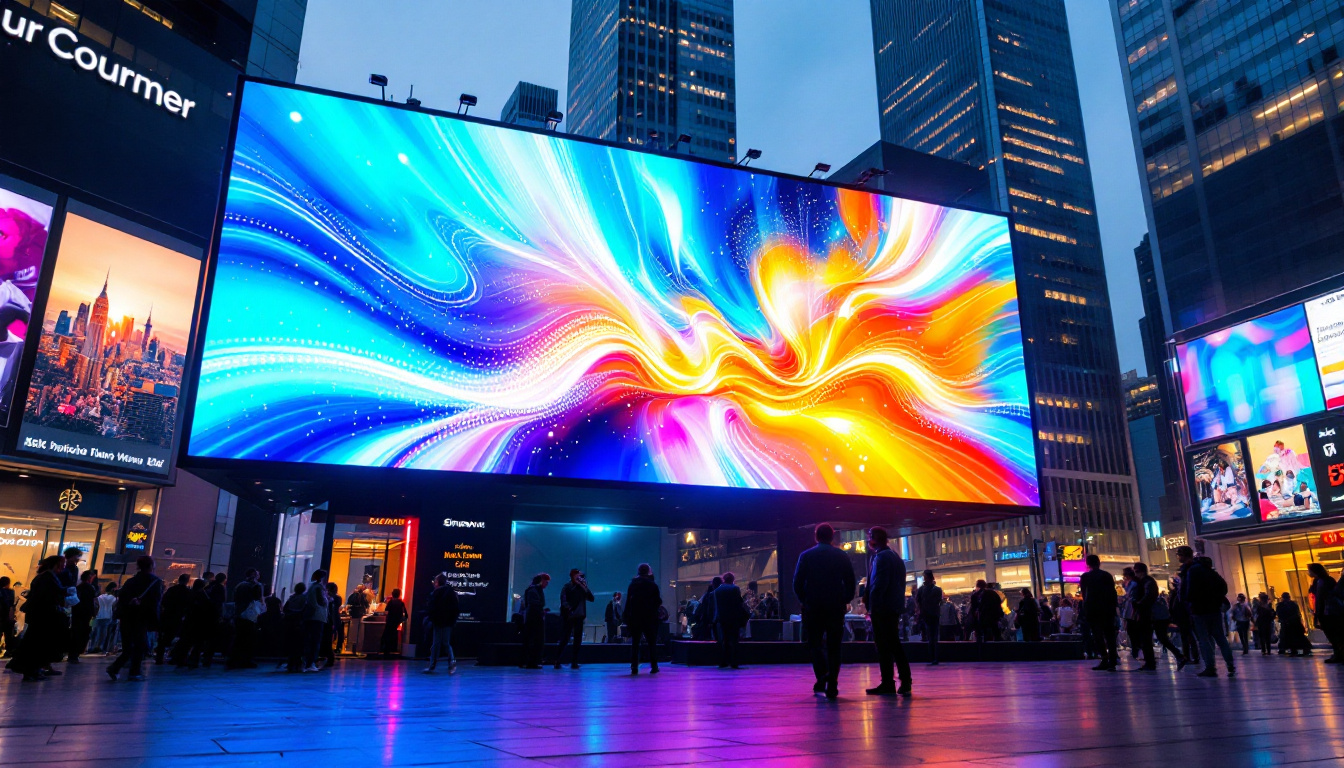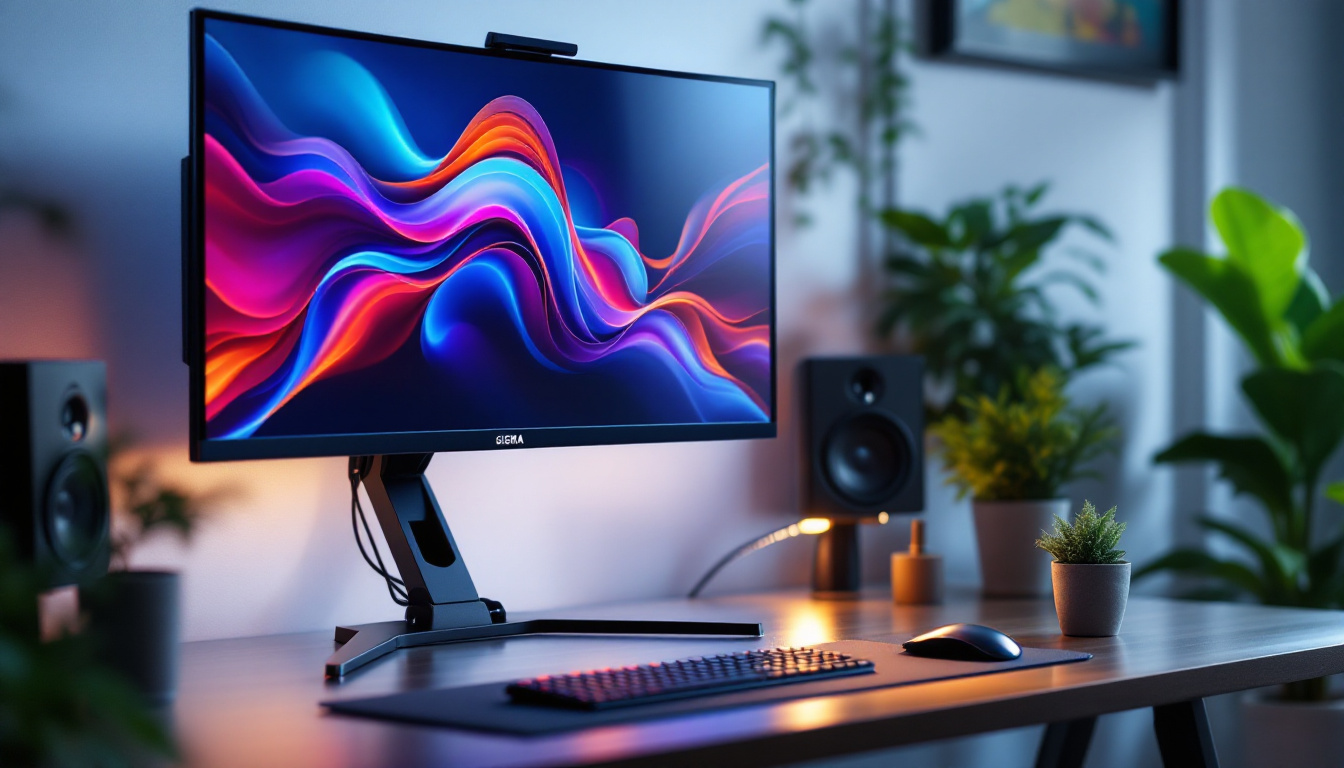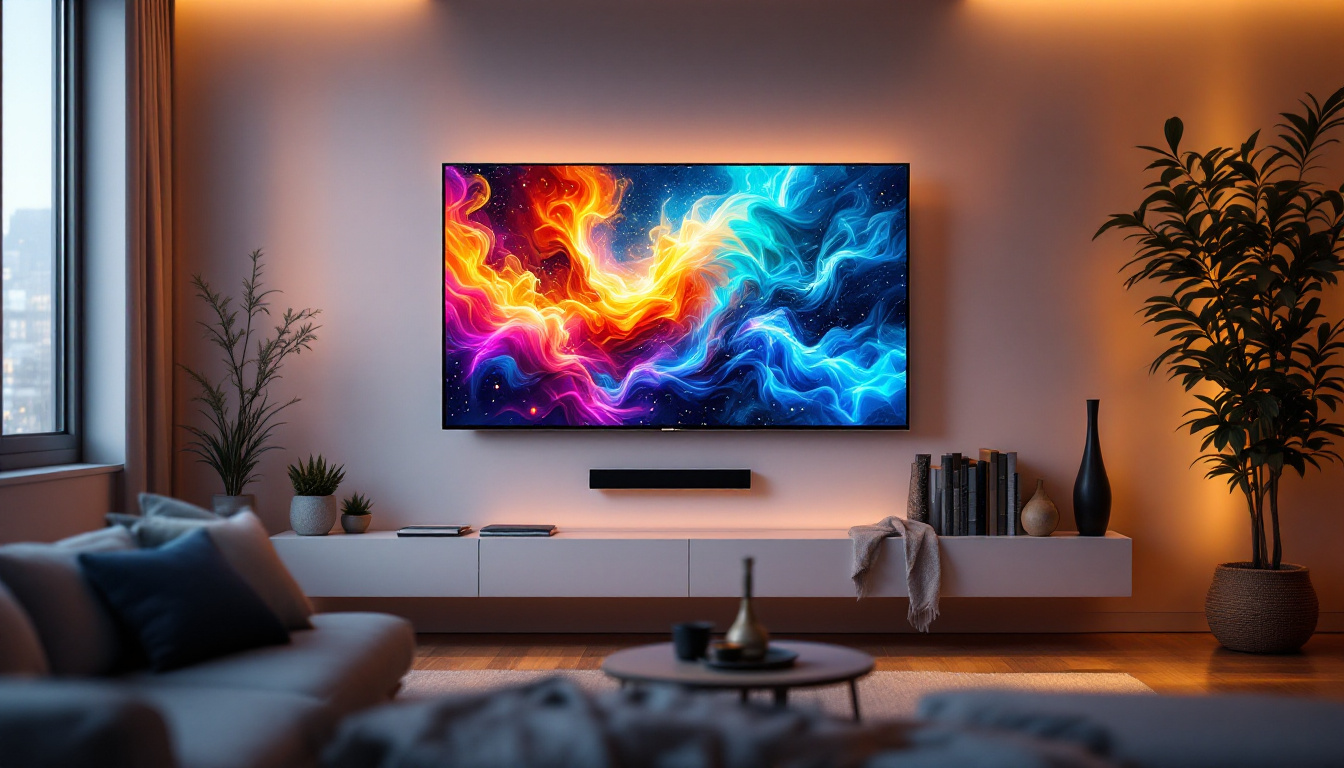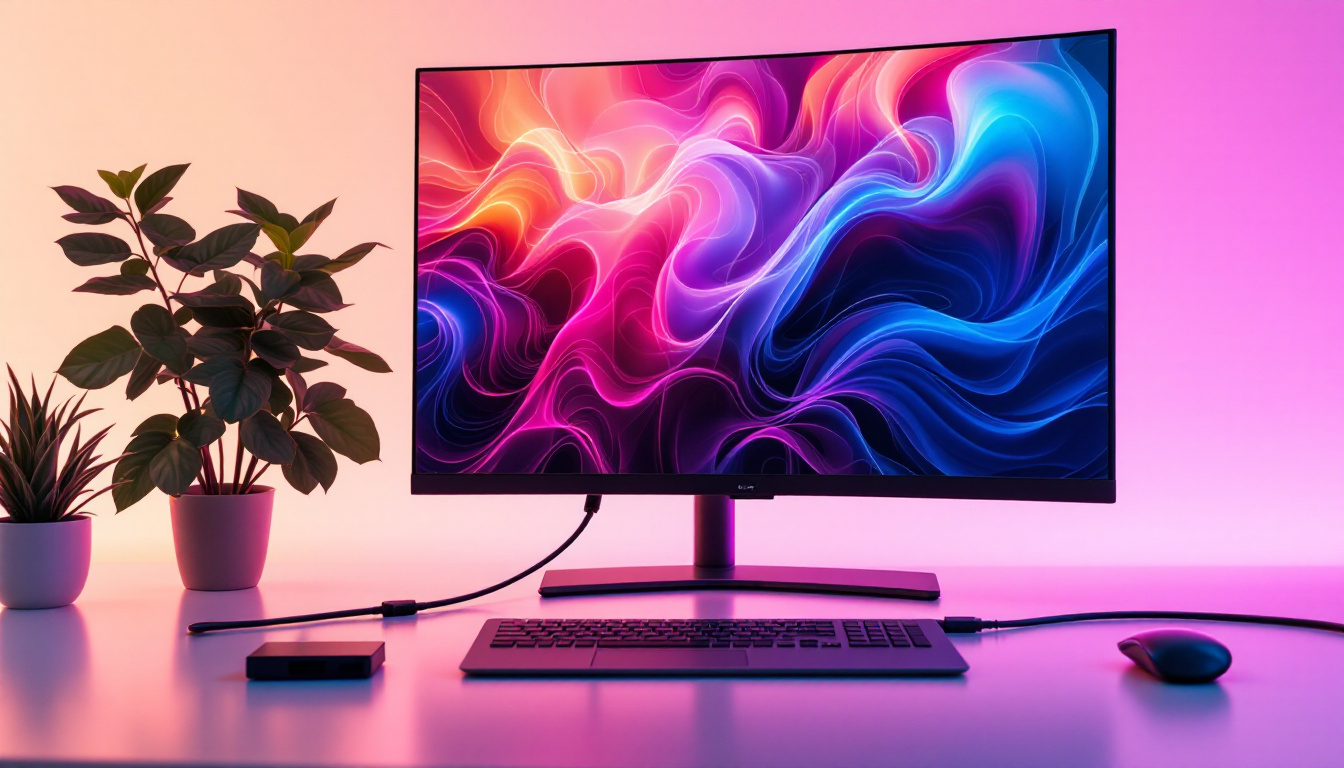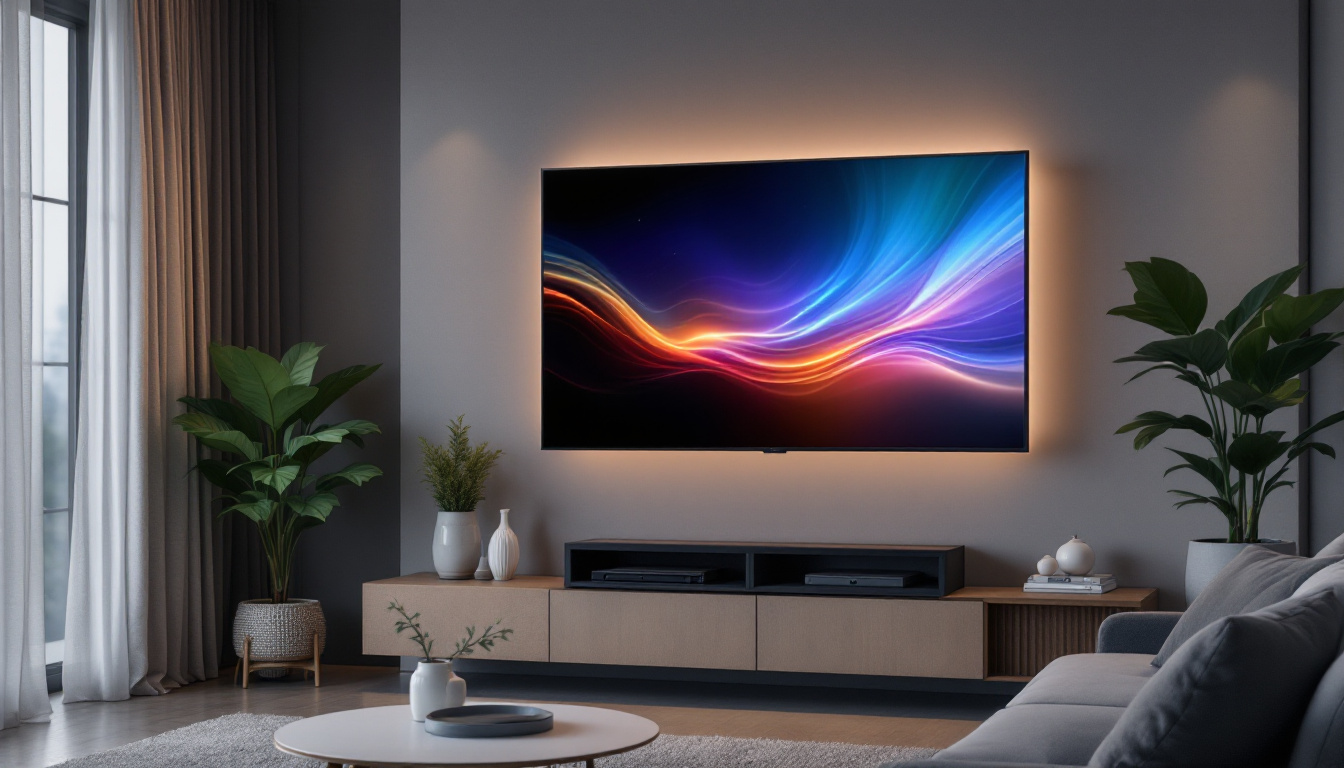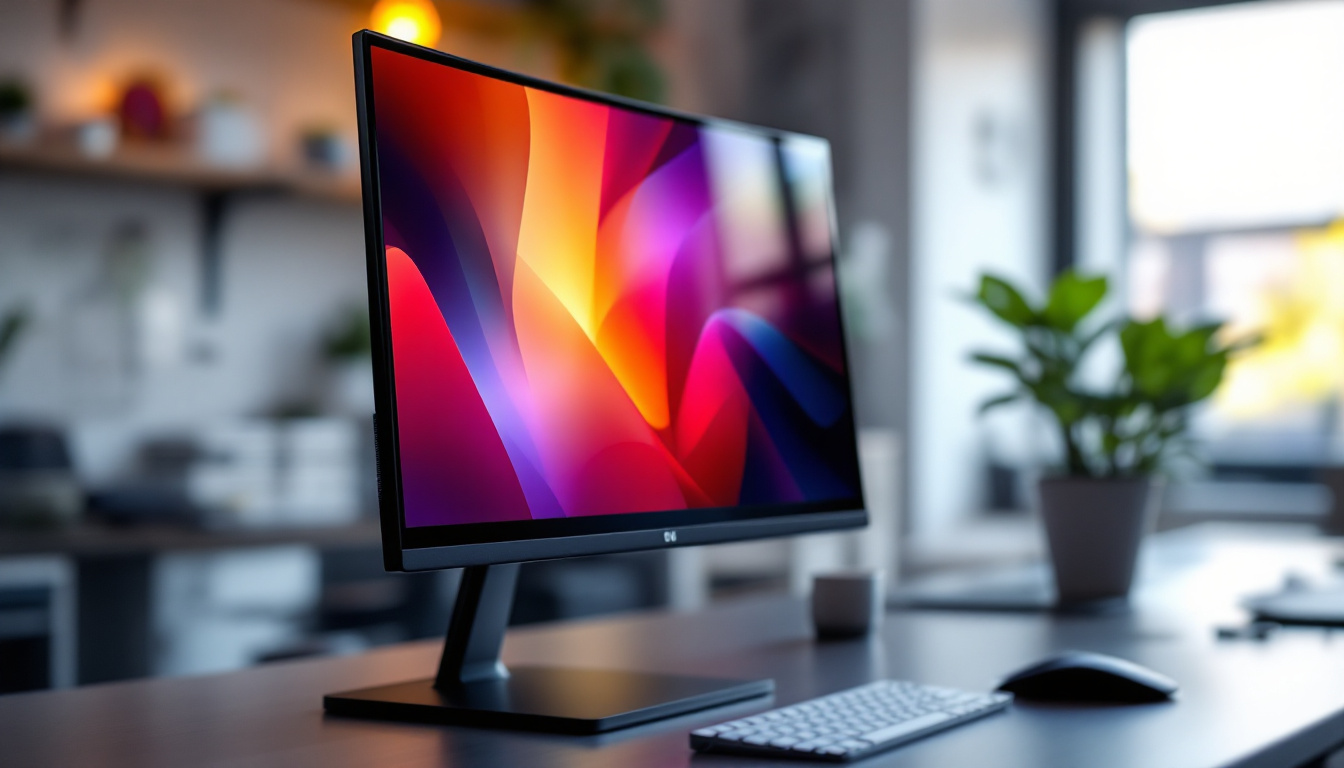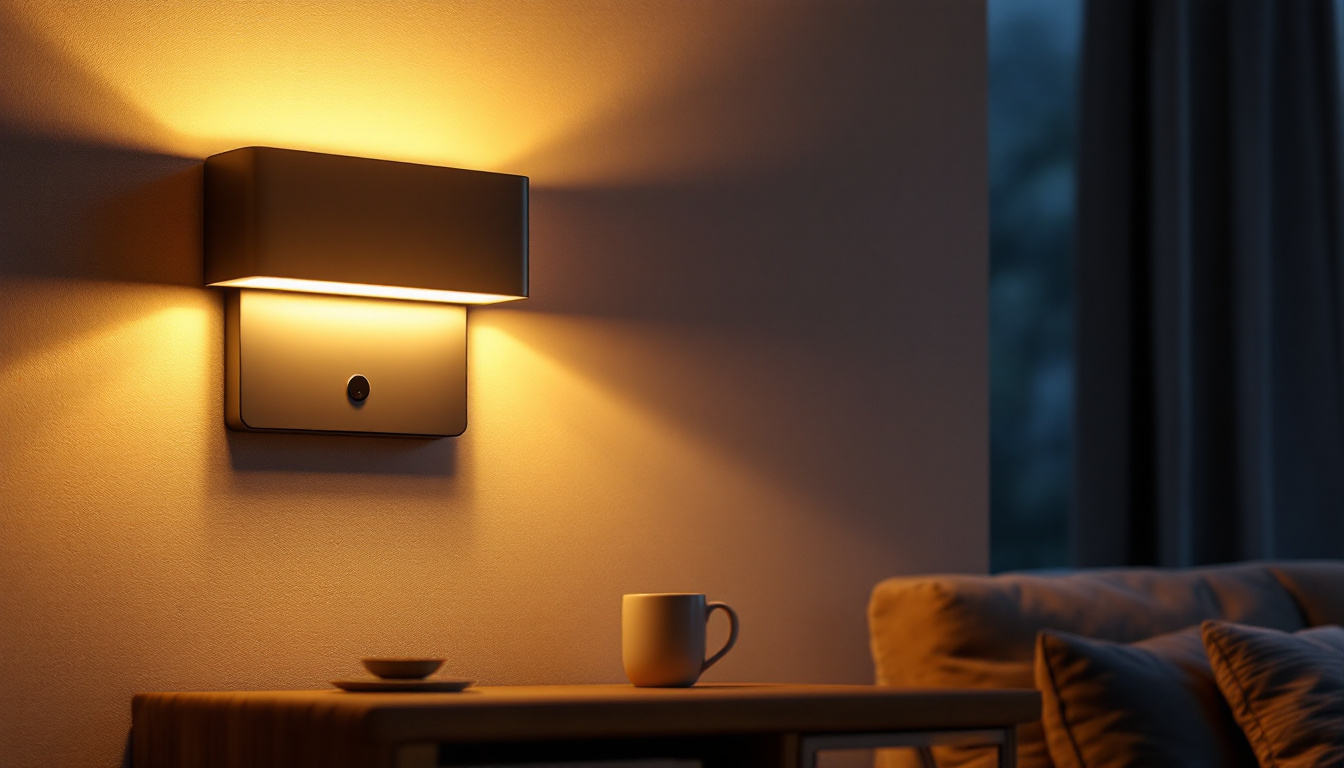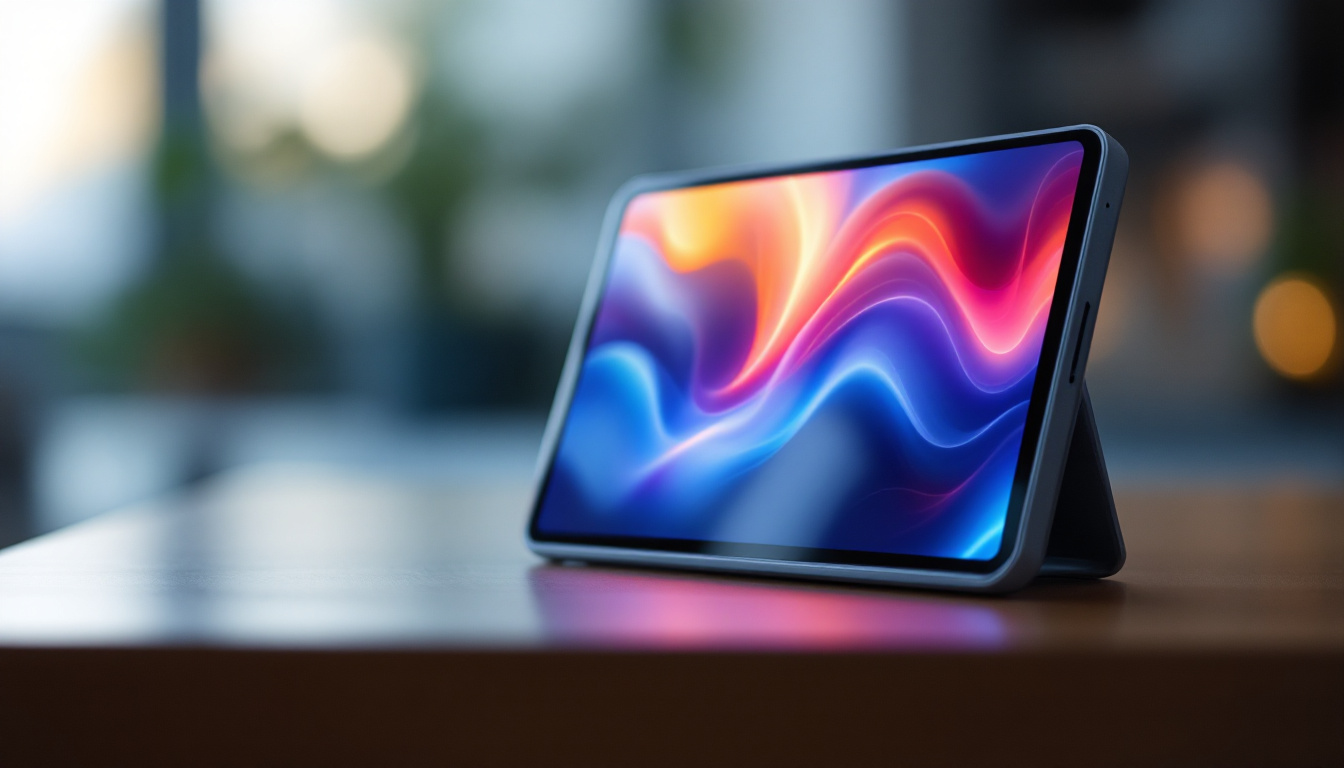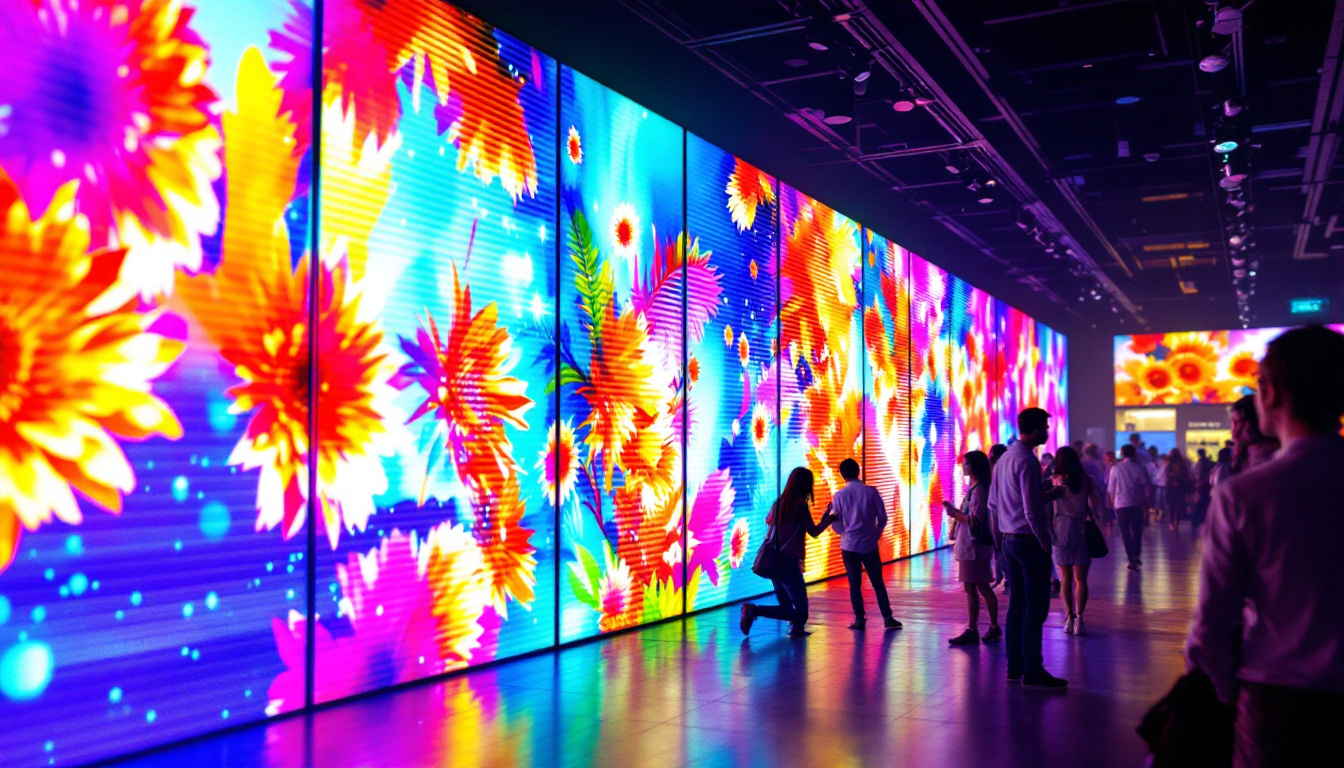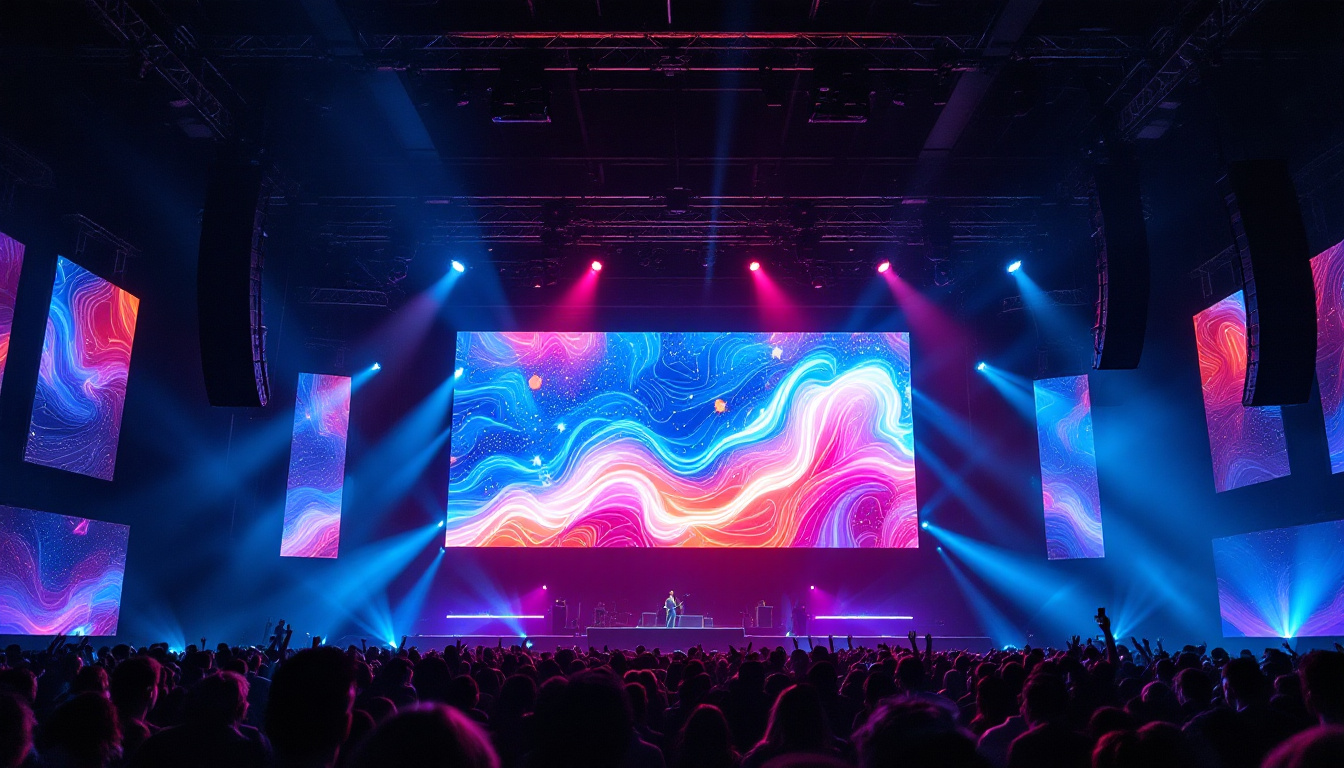The world of electronics is constantly evolving, and one of the key components that play a significant role in this evolution is the LED display. Understanding the package dimensions, especially the 0201 package size, is crucial for engineers and designers alike. This article delves into the specifics of the 0201 package dimensions, their implications for LED displays, and how they affect overall design and functionality.
Understanding the 0201 Package Size
The 0201 package size refers to a specific dimension of surface-mount technology (SMT) components, measuring 0.6 mm x 0.3 mm. This tiny size makes it one of the smallest packages available in the industry, allowing for high-density circuit designs. The designation “0201” is derived from its dimensions in inches, where the first two digits represent the length and the last two digits indicate the width.
Due to its compact size, the 0201 package is particularly advantageous in applications where space is at a premium, such as in mobile devices, wearables, and compact consumer electronics. The ability to incorporate more components in a smaller area can lead to enhanced functionality and performance. In fact, many modern smartphones and tablets utilize 0201 components to achieve their sleek designs while still packing in powerful processing capabilities, high-resolution displays, and advanced sensors.
As technology continues to evolve, the demand for smaller and more efficient electronic components is only expected to grow. This trend has spurred innovation in the design and manufacturing of 0201 packages, with manufacturers continuously working to improve yield rates and reliability. As a result, engineers are increasingly able to leverage these tiny components without compromising on quality or performance, paving the way for the next generation of ultra-compact devices.
Benefits of Using 0201 Packages
One of the primary benefits of using 0201 packages is the increased design flexibility they offer. Engineers can create smaller and more efficient circuit boards, which can lead to lighter and more portable devices. Additionally, the reduced size can help lower material costs and improve manufacturing efficiency. This is particularly important in competitive markets where cost-effectiveness can determine a product’s success. By utilizing 0201 packages, companies can streamline their production processes and potentially pass savings on to consumers.
Moreover, the use of 0201 packages can enhance thermal management within electronic devices. Smaller components tend to generate less heat, which can be crucial for maintaining optimal performance and extending the lifespan of the device. This is especially relevant in high-performance applications, such as gaming and computing, where overheating can lead to throttling and reduced performance. The integration of 0201 packages can help mitigate these risks, allowing devices to maintain peak performance even under heavy loads.
Challenges Associated with 0201 Packages
Despite their advantages, 0201 packages also present certain challenges. The most significant of these is the difficulty in handling and soldering such small components. Specialized equipment and techniques are often required to ensure proper placement and connection on printed circuit boards (PCBs). This can include advanced pick-and-place machines and precise soldering methods, which may increase production costs and complexity. Additionally, the risk of misalignment during assembly is heightened, necessitating rigorous quality control measures to ensure reliability.
Furthermore, the small size can limit the electrical performance of the components. For instance, the inductance and capacitance values may not be as favorable as those found in larger packages, which can impact the overall functionality of the LED display. Engineers must carefully consider these trade-offs when designing circuits that utilize 0201 packages, as the benefits of size must be balanced against potential performance limitations. As a result, thorough testing and simulation are often required to optimize designs and ensure that they meet the necessary specifications for their intended applications.
The Role of LED Displays in Modern Electronics
LED displays have become ubiquitous in modern electronics, serving as the primary interface for a wide range of devices. From smartphones to televisions, the demand for high-quality displays continues to grow. The integration of 0201 packages in LED display technology is a testament to the ongoing miniaturization trend in the industry.
LED displays are favored for their brightness, energy efficiency, and versatility. They can be used in various applications, including indoor and outdoor signage, consumer electronics, and automotive displays. Understanding how package dimensions affect the performance of these displays is essential for optimizing their design.
Impact of Package Dimensions on Display Quality
The package dimensions of LED components directly influence the display quality. Smaller packages like the 0201 can accommodate more LEDs in a given area, which can lead to higher pixel density. This increased density results in sharper images and better color reproduction, enhancing the overall viewing experience.
Additionally, the smaller size allows for finer pitch displays, which is particularly important for high-resolution applications. As consumers demand more from their displays, the ability to create smaller, high-quality LED screens becomes increasingly important.
Integration of 0201 Packages in LED Technology
Integrating 0201 packages into LED technology requires careful consideration of various factors, including thermal management, electrical performance, and manufacturing capabilities. Engineers must ensure that the small size does not compromise the performance or reliability of the LED display.
Furthermore, advancements in manufacturing techniques, such as automated pick-and-place systems and improved soldering methods, have made it easier to work with these tiny components. As technology continues to evolve, the integration of 0201 packages in LED displays is likely to become more prevalent.
Design Considerations for 0201 Packages in LED Displays
When designing LED displays that utilize 0201 packages, several key considerations must be taken into account. These include thermal management, electrical layout, and mechanical stability. Each of these factors plays a crucial role in ensuring the performance and longevity of the display.
Thermal Management
Effective thermal management is critical for the performance of LED displays. Smaller packages can lead to increased heat concentration, which may affect the lifespan and reliability of the LEDs. Engineers must design appropriate heat dissipation solutions, such as heat sinks or thermal vias, to mitigate this issue.
Additionally, the choice of materials and layout can influence thermal performance. Using materials with good thermal conductivity and strategically placing components can help distribute heat more evenly across the display.
Electrical Layout
The electrical layout of a PCB incorporating 0201 packages must be meticulously planned to ensure optimal performance. The small size of these packages can lead to challenges in routing traces and managing signal integrity. Careful consideration of trace width, spacing, and layout can help minimize issues such as crosstalk and signal loss.
Moreover, the use of simulation tools can aid in predicting the electrical performance of the design, allowing engineers to make informed decisions before manufacturing the PCB.
Mechanical Stability
Mechanical stability is another important consideration when designing LED displays with 0201 packages. The small size of these components can make them susceptible to damage during handling and assembly. Engineers must ensure that the PCB design provides adequate support and protection for the components.
Additionally, the choice of mounting techniques, such as adhesive bonding or mechanical fastening, can influence the overall durability of the display. A robust design will help ensure that the LED display can withstand the rigors of everyday use.
Future Trends in LED Display Technology
The future of LED display technology is bright, with ongoing advancements in materials, manufacturing processes, and design techniques. As demand for smaller, more efficient displays continues to grow, the role of 0201 packages is likely to expand.
Advancements in Materials
Innovations in materials science are paving the way for new types of LEDs that can deliver improved performance while maintaining a compact size. For instance, the development of organic light-emitting diodes (OLEDs) and quantum dot displays offers exciting possibilities for the future of LED technology.
These new materials can provide enhanced color accuracy, better energy efficiency, and improved flexibility, allowing for even more creative display designs. As these technologies mature, they may become more compatible with 0201 packages, further driving miniaturization in the industry.
Manufacturing Innovations
Manufacturing techniques are also evolving, with advancements in automation and precision assembly enabling the production of smaller components with greater reliability. Techniques such as 3D printing and advanced soldering methods are making it easier to work with tiny packages like the 0201.
As manufacturing processes become more efficient, the cost of producing LED displays with 0201 packages may decrease, making them more accessible for a wider range of applications.
Enhanced User Experience
Ultimately, the goal of these advancements is to enhance the user experience. As LED displays become smaller, more efficient, and more capable, consumers can expect to see higher-quality visuals in an even broader array of devices. From smartphones to large-scale digital signage, the impact of 0201 packages on LED display technology will continue to shape the future of electronics.
Conclusion
The 0201 package dimensions represent a significant advancement in the field of electronics, particularly in the realm of LED displays. While they offer numerous benefits, such as increased design flexibility and improved thermal management, they also present unique challenges that must be addressed during the design and manufacturing process.
As technology continues to evolve, the integration of 0201 packages in LED displays will likely become more prevalent, driving innovation and enhancing the user experience. Understanding the implications of package dimensions is essential for engineers and designers looking to create cutting-edge electronic devices that meet the demands of a rapidly changing market.
In summary, the future of LED display technology is intertwined with the evolution of package dimensions like the 0201, highlighting the importance of continued research and development in this exciting field.
Discover Cutting-Edge LED Displays with LumenMatrix
As the future of LED display technology unfolds, LumenMatrix stands at the forefront, offering an array of innovative solutions that embody the advancements discussed in this article. Whether you’re seeking to enhance brand visibility or create immersive visual experiences, our Indoor and Outdoor LED Wall Displays, Vehicle LED Displays, and specialized options like LED Sports and Floor Displays are designed to captivate and engage. Embrace the revolution in visual communication with LumenMatrix’s custom and all-in-one LED display solutions. Check out LumenMatrix LED Display Solutions today and step into the future of digital signage.




